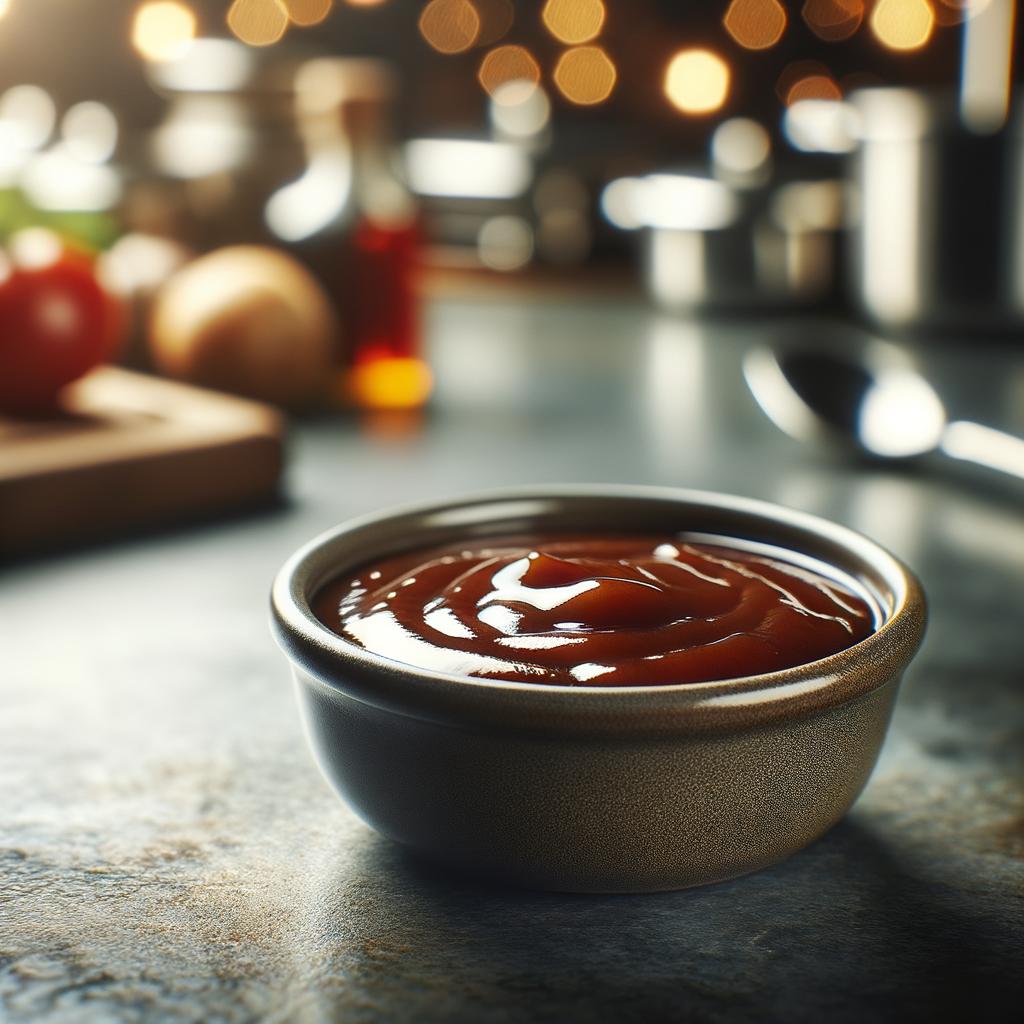for the Sauce

Description The sauce, a ubiquitous component of countless dishes, is a gastronomic marvel that can transform the ordinary into the extraordinary. Visually, sauces can range from translucent to opaque, from vibrant to muted, and their textures can be as diverse as the silky smoothness of a béchamel to the robust chunkiness of a marinara. The flavor profiles are equally varied, from the sweet tanginess of a barbecue sauce to the fiery heat of a chili sauce, and the rich umami of a soy sauce. What sets a sauce apart from other ingredients is its ability to meld and enhance the flavors of a dish, acting as a culinary bridge that unites disparate elements into a harmonious whole.
Primary Uses Sauces are the unsung heroes in the world of cooking, adding depth, moisture, and complexity to dishes. They are used in virtually every cuisine, from the delicate consommés of France to the hearty gravies of the American South, and from the spicy curries of India to the savory soy-based sauces of East Asia. In addition to their culinary uses, some sauces, like the fermented fish sauce of Southeast Asia, have cultural significance as they are integral to traditional food preservation methods.
History The history of sauces is as rich and varied as the sauces themselves. The ancient Romans, for instance, were fond of a fermented fish sauce called garum, while medieval European cooks often relied on sauces to disguise the taste of less-than-fresh ingredients. With the advent of the New World, sauces began to take on new flavors as ingredients like tomatoes and chili peppers were introduced. Perhaps one of the most interesting stories associated with sauces is the creation of Worcestershire sauce, which was allegedly the result of a failed attempt to recreate an Indian sauce and was left to age for several years before its unique flavor was discovered.
Nutritional Information Sauces can be a significant source of flavor and nutrition. Tomato-based sauces, for example, are rich in the antioxidant lycopene, while cream-based sauces can provide a good amount of calcium. However, it's important to be mindful of the sodium and sugar content in some sauces, which can be high. Compared to other condiments like mayonnaise or ketchup, homemade sauces can offer more control over the nutritional content, allowing for healthier versions without compromising on taste. The beauty of sauces lies in their versatility - they can be tailored to suit dietary needs and preferences while still delivering on flavor and satisfaction.

